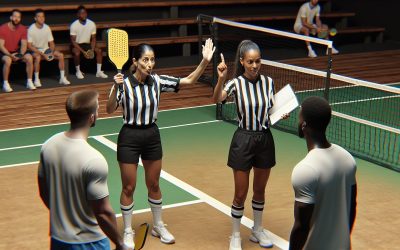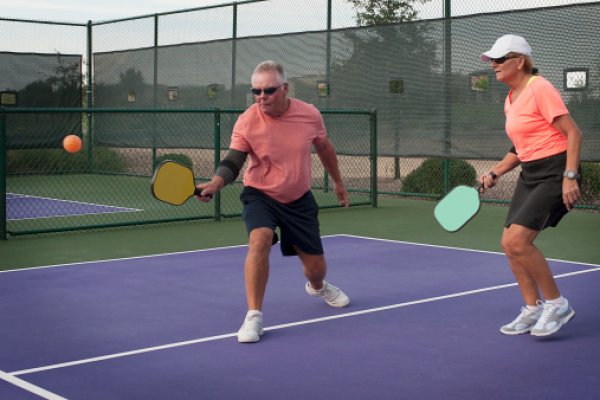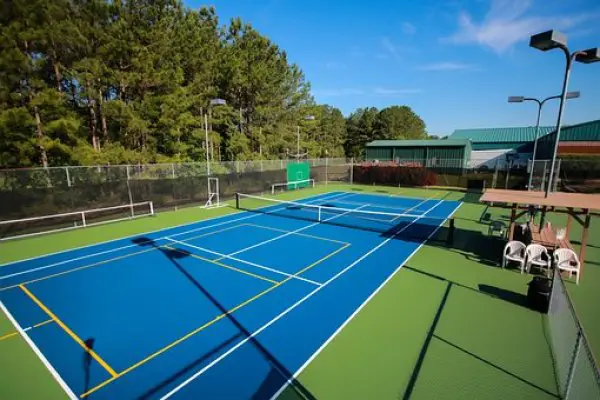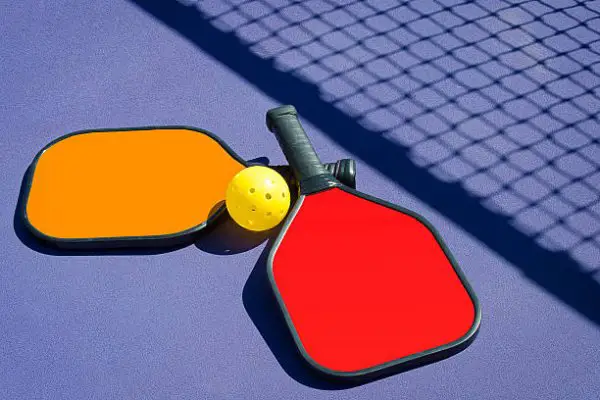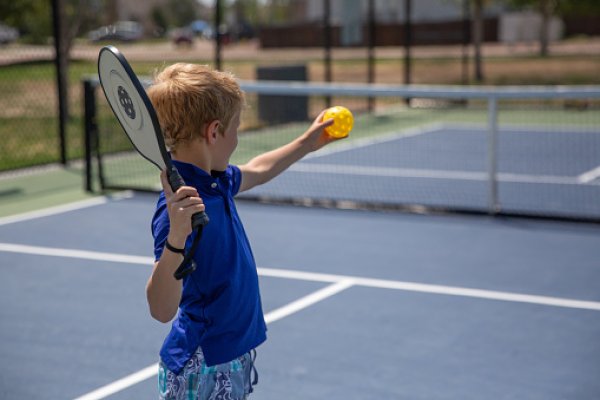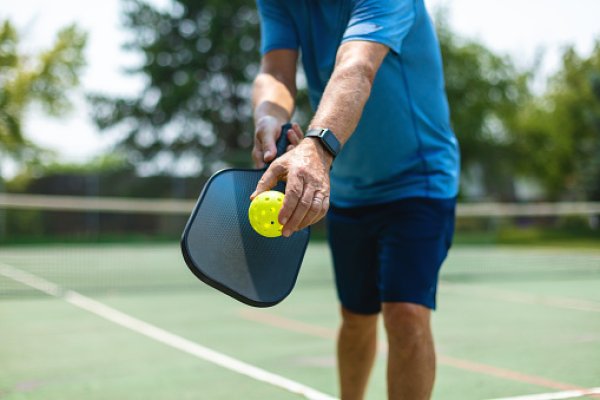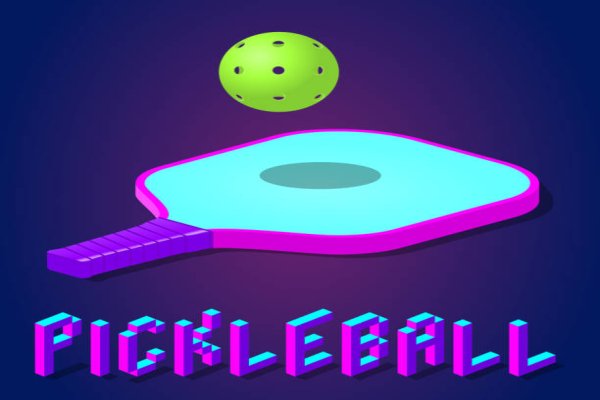PICKLEBALL FOR ALL
Unleash the Fun, Master the Game Serving Smiles on the Pickleball Court!

Invented
Players
Avg Time Played
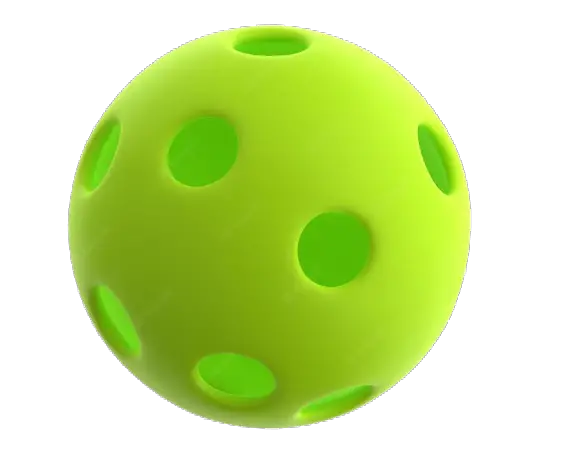

Pickleball 101
Court Size
Pickleball is often described as a more accessible and beginner-friendly alternative to tennis due to its smaller court size and slower ball speed.
Rules
Once the ball is served, both teams must let it bounce once on their side before volleys (hitting the ball in the air) are allowed.
The Game
The game starts with an underhand serve, and the serving team must keep at least one foot behind the backline until the serve is made.
Rules
After the two bounces (one on each side) during the serve, the ball can be played either on the bounce or volleyed as desired.
See Our Latest Posts
Master Pickleball’s Double Hit Rules: Key Strategies for Fair Play
Dive into the complexities of pickleball’s double hit rules with our comprehensive guide. Learn the importance of official rules, practical drills for better paddle control, and strategies to boost your game and maintain competitiveness.
Referee’s Impact: Balancing Rule Enforcement in Pickleball
Explore the critical role of pickleball referees in enforcing rules while maintaining sportsmanship on the court. Learn how their authority balanced with diplomacy ensures a fair and enjoyable game for all.
Master the Kitchen Rule in Pickleball: Tips for Enhancing Gameplay
Master the key to winning at pickleball with our guide on the kitchen rule. Learn why precise footwork and spatial awareness matter, explore the two-bounce rule, and finesse techniques like dinking for better gameplay. Get drills and strategies for power and finesse balance.
Mastering Competitive Play: Essential Pickleball Serving Rules
Discover the must-know serving rules for competitive pickleball, including underhand techniques, foot positioning, and strategic serving essentials for fair play and advanced gameplay strategies. Perfect your serve with expert tips and drills.
Mastering Pickleball: Understanding the Golden Point Rule
Discover the strategic essence of the Golden Point rule in pickleball, and how top players employ innovation, strategy, and mental resilience to thrive in high-pressure situations. Learn tactics and psychological techniques vital for victory.
Mastering Pickleball: Clarifying Carry and Sling Shot Rules
Explore the intricacies of the sling shot rule in pickleball, focusing on the fine line between legal play and violations. This article emphasizes the role of player intent, the spirit of the game, and how education through training sessions can enhance understanding and adherence to this crucial rule.
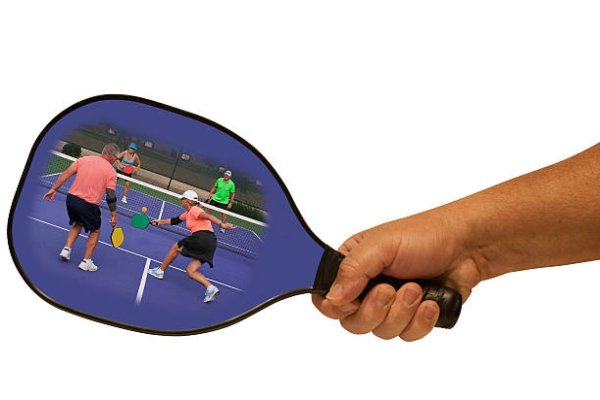
Pickleball Game Facts:
Pickleball is often described as a more accessible and beginner-friendly alternative to tennis due to its smaller court size and slower ball speed.
The game starts with an underhand serve, and the serving team must keep at least one foot behind the backline until the serve is made.
Once the ball is served, both teams must let it bounce once on their side before volleys (hitting the ball in the air) are allowed.
After the two bounces (one on each side) during the serve, the ball can be played either on the bounce or volleyed as desired.
The ball must stay in play and not go out of bounds or touch the non-volley zone (the kitchen) during the rally.
Players can score points only when serving, and if they win the rally, they get to retain the serve for the next point.
Team Size:
Pickleball can be played in singles or doubles format. In singles, it’s a one-on-one game, while doubles involves two players on each team.
Doubles is the most popular format of the game, and it’s often preferred due to its social and team-oriented nature.
A standard pickleball match consists of two teams, each with two players, playing against each other.
The two players on a team work together to cover the court and strategize during the match.
Time Played:
The duration of a pickleball match can vary based on factors such as skill level, game format (singles or doubles), and the scoring system used.
Generally, a pickleball game played to 11 points may take around 15 to 30 minutes to complete.
Competitive matches, especially at higher levels, can last longer, ranging from 30 minutes to an hour or more.
Some tournaments and events may have time limits for matches, ensuring the smooth progression of the overall competition.
Pickleball’s relatively short duration makes it an attractive sport for players who want to get some exercise and have fun without committing to long matches.
It’s worth noting that the duration of a pickleball match can vary widely based on individual playing styles, the pace of the game, and other external factors. As with any sport, the actual time played can be influenced by various circumstances.
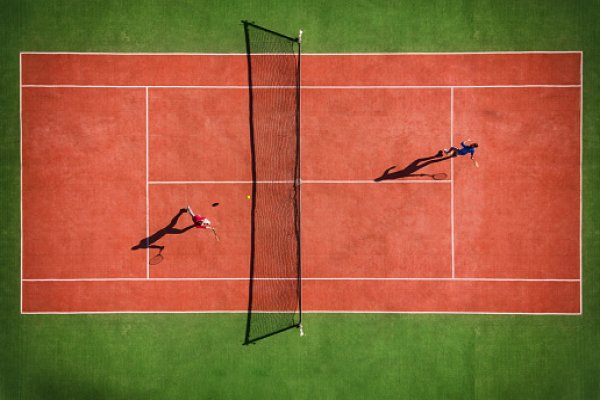
Get in touch (and in shape)


